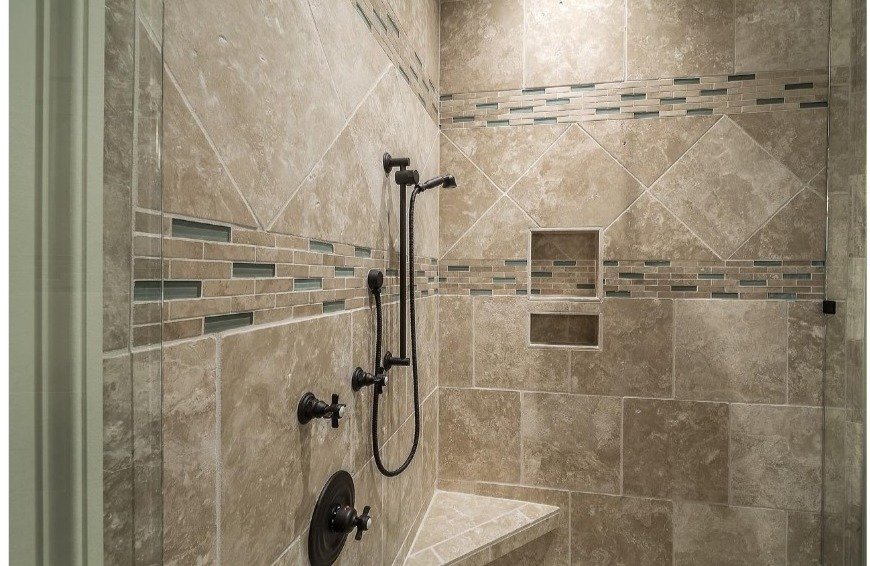Is using US tax self-prep software a good option for filing my taxes?
Tax season can be overwhelming, but submitting taxes to the IRS becomes much more straightforward with the right resources. One of the most efficient ways to streamline the process is by using tax self-preparation software.
This software is designed to walk you through the tax filing process step-by-step, making it quicker, easier, and more affordable than hiring a tax professional.
What is tax self-preparation software?
US tax self-preparation software is an online tool that helps individuals prepare and submit their tax returns. It guides users through each stage by asking about their income, deductions, and credits, and then automatically completes the necessary tax forms.
What are the advantages of using a US tax self-prep software?
Here’s why many Americans choose to use self-preparation tax software:
Cost-effective: It is generally less expensive than hiring an accountant. Many platforms offer free versions for simple returns, and even for more complicated filings, the cost is often lower than professional services.
User-friendly: Designed to be easy for anyone to use, even if you don’t have financial expertise. It leads you step-by-step through the process, helping you find deductions and credits.
Time-saving: The software can save you time by importing forms like your W-2 and the return from the previous year. It also performs calculations for you, reducing errors.
Online support: Many tax software programs offer help features such as real-time assistance from tax experts, FAQs, and guides. This can be invaluable if you run into any issues while filing.
What’s the difference between free and paid tax software?
It largely depends on the complexity of an individual’s tax situation. Free software may be all you need if you have a simple tax return.
However, for those with more complicated finances—like self-employed individuals, homeowners, or anyone itemizing deductions—paid tax software offers more features, better support, and the ability to maximize deductions and credits.
What features should I look for in tax self-prep software?
When choosing US self-prep tax software, keep an eye out for the following features:
Form coverage: Ensure the software supports the IRS tax forms you need, like Form 1040, W-2, or 1099s. If you’re self-employed or have rental income, look for software that includes Schedule C and Schedule E.
Maximizing deductions and credits: A significant perk of using tax software is its ability to help you find deductions and credits you might otherwise miss, like the child tax credit or education credits.
Data importing: Some platforms allow you to import tax documents automatically, saving time and reducing manual entry errors.
Audit Support: Some tax software offers guidance in case of an audit, and some even provide complete audit defense services.
E-filing and refund options: Choose software that supports e-filing and offers options for direct deposit refunds or paying taxes directly from your bank account.
Mobile Access: Many platforms now offer mobile apps or mobile-friendly websites, allowing you to file taxes from your phone or tablet.
How can I begin the process of using self-prep tax software?
Here’s a guide to help you get started with US self-prep tax software:
Gather your documents: Have your W-2s, 1099s, receipts for deductions, and last year’s tax return ready.
Choose your software: You should select software based on the complexity of your taxes and the level of support you need.
Follow the instructions: The software will guide you step-by-step through entering information and making calculations automatically.
Double-check everything: Ensure you’ve entered all amounts correctly and use the software’s error-checking tools. Most platforms will flag common mistakes.
File electronically: Once everything is in order, e-file your return and decide whether you’d like your refund via direct deposit or applied to next year’s taxes.
Can I file my state tax return using US self-prep tax software?
Most US tax self-prep software has upgraded versions that include state tax filing or offer discounted rates for adding state returns. If you’re filing in multiple states, a paid version is better equipped to handle each state's requirements.
How long does it usually take to get a refund after e-filing?
If you opt for direct deposit, the IRS typically processes refunds within 21 days of accepting your return. However, errors or additional reviews can cause delays.
Is it reliable to use tax software?
Yes, using tax software is generally safe, but it’s essential to ensure your chosen software protects your sensitive information. Look for:
Data encryption: Ensure the software uses encryption to protect your personal and financial details.
Multi-factor authentication: Adds an extra layer of security by requiring two or more verification forms to log in to help prevent unauthorized access to your tax account, even if someone manages to obtain your login credentials.
Secure storage: Many platforms offer safe storage of past returns, but make sure this storage is well-protected and encrypted.
Fraud prevention: Some software includes identity verification and two-factor authentication to help prevent identity theft.



